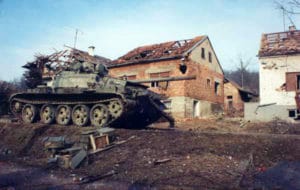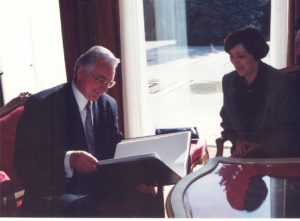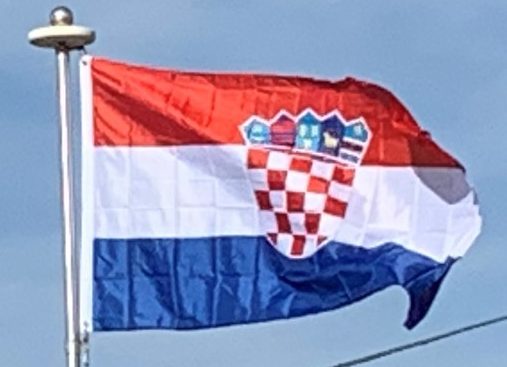Following the death of Yugoslav President Josip Broz Tito in 1980, the political situation in Yugoslavia deteriorated, with national tension fanned by the 1986 SANU Memorandum and the 1989 coups in Vojvodina, Kosovo and Montenegro. In January 1990, the Communist Party fragmented along national lines, with the Croatian faction demanding a looser federation. In the same year, the first multi-party elections were held in Croatia, with Franjo Tuđman’s win raising nationalist tensions further. Some of Serbs in Croatia left Sabor and declared the autonomy of areas that would soon become the unrecognized Republic of Serbian Krajina, intent on achieving independence from Croatia.
Independence (1991–Present):
As tensions rose, Croatia declared independence on 25 June 1991. However, the full implementation of declaration only came into effect on 8 October 1991. In the meantime, tensions escalated into overt war when the Yugoslav People’s Army (JNA) and various Serb paramilitary groups attacked Croatia. By the end of 1991, a high-intensity conflict fought along a wide front reduced Croatia to control of only about two-thirds of its territory. The various Serb paramilitary groups then began pursuing a campaign of killing, terror and expulsion against the Croats in the rebel territories, killing thousands of Croat civilians and expelling or displacing as many as 400,000 Croats and other non-Serbs from their homes.

On 15 January 1992, Croatia gained diplomatic recognition by the European Economic Community members, and subsequently the United Nations. The war effectively ended in August 1995 with a decisive victory by Croatia; the event is commemorated each year on 5 August as Victory and Homeland Thanksgiving Day and the Day of Croatian Defenders. Following the Croatian victory, about 200,000 Serbs from the self-proclaimed Republic of Serbian Krajina fled from the region and their lands were subsequently settled by Croat refugees from Bosnia and Herzegovina. The remaining occupied areas were restored to Croatia pursuant to the Erdut Agreement of November 1995, with the process concluded in January 1998.
Following the end of the war, Croatia faced the challenges of post-war reconstruction, the return of refugees, advancing democratic principles, protection of human rights and general social and economic development. The post-2000 period is characterized by democratization, economic growth and structural and social reforms, as well as problems such as unemployment, corruption and the inefficiency of the public administration.
Croatia joined the Partnership for Peace on 25 May 2000 and become a member of the World Trade Organization on 30 November 2000. On 29 October 2001, Croatia signed a Stabilization and Association Agreement with the European Union, submitted a formal application for the EU membership in 2003, was given the status of candidate country in 2004, and began accession negotiations in 2005. In November 2000 and March 2001, the Parliament amended the Constitution changing its bicameral structure back into historic unicameral and reducing the presidential powers.

Although Croatia experienced a significant boom in the economy in the early 2000s, the increase of the government debt and the absence of concrete reforms led to a financial crisis in 2008 which forced the government to cut public spending thus provoking a public outcry. On 1 April 2009, Croatia joined NATO. A wave of anti-government protests organized via Facebook took place in early 2011 as general dissatisfaction with political and economic state grew.
